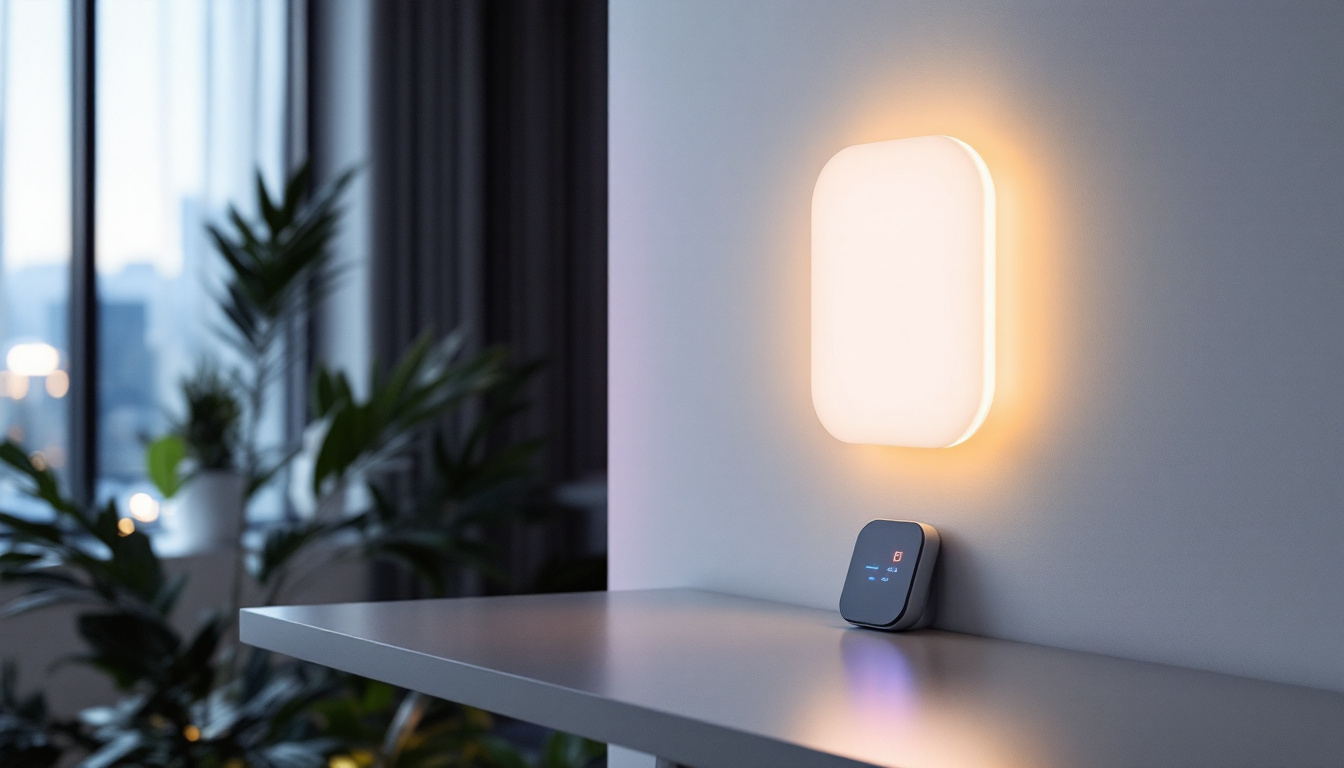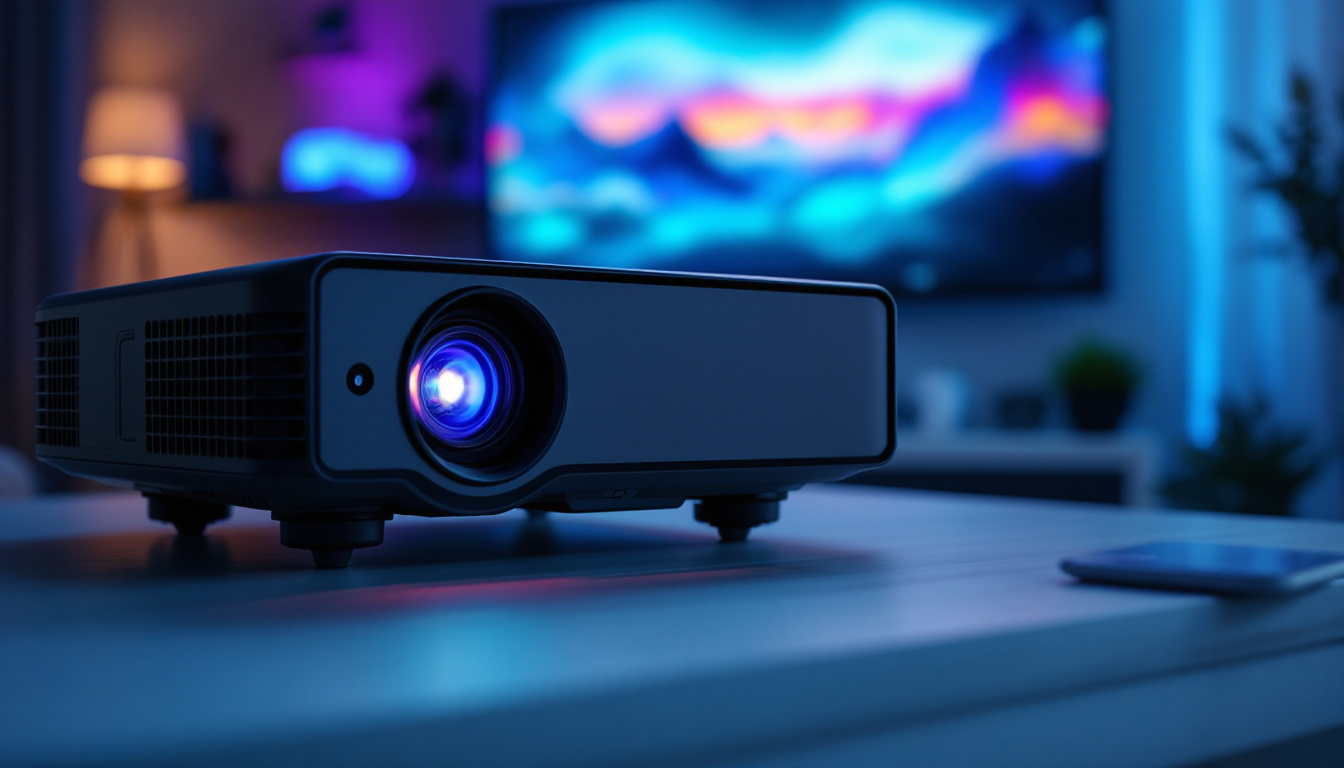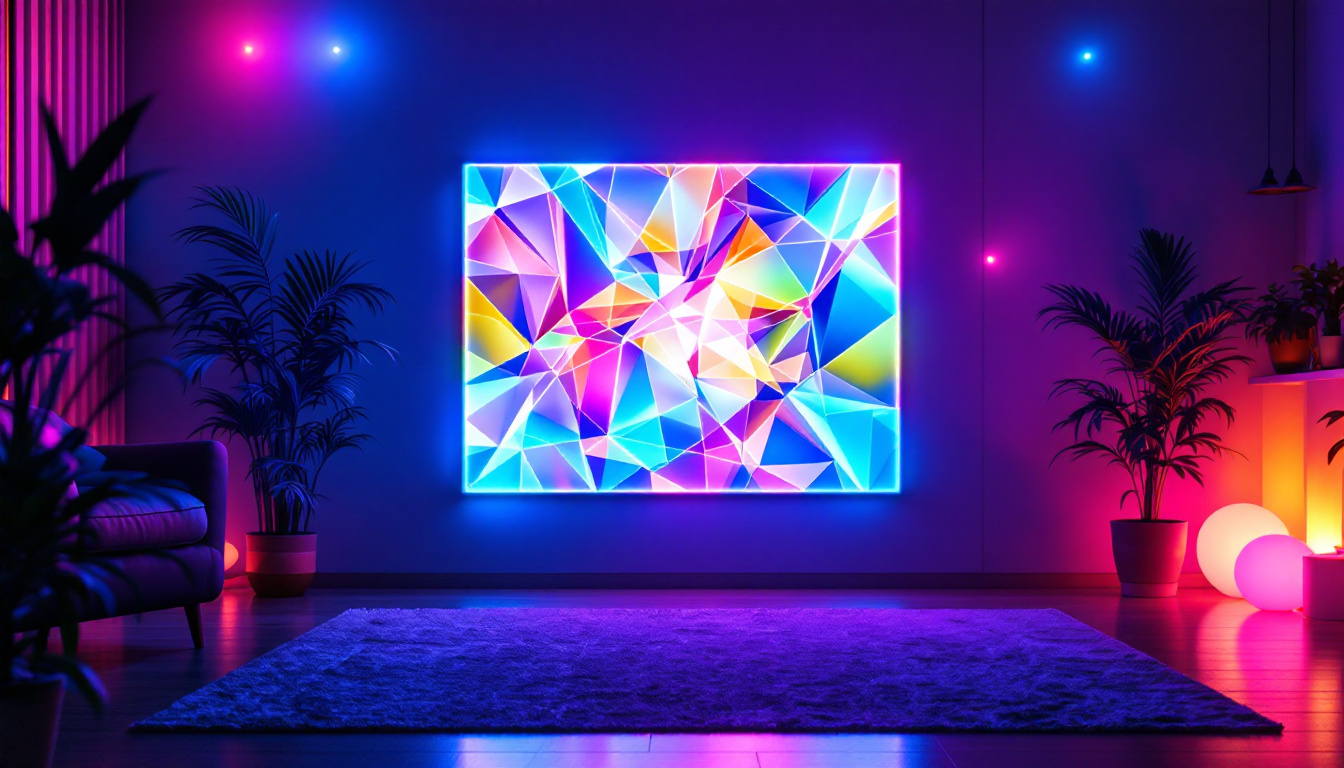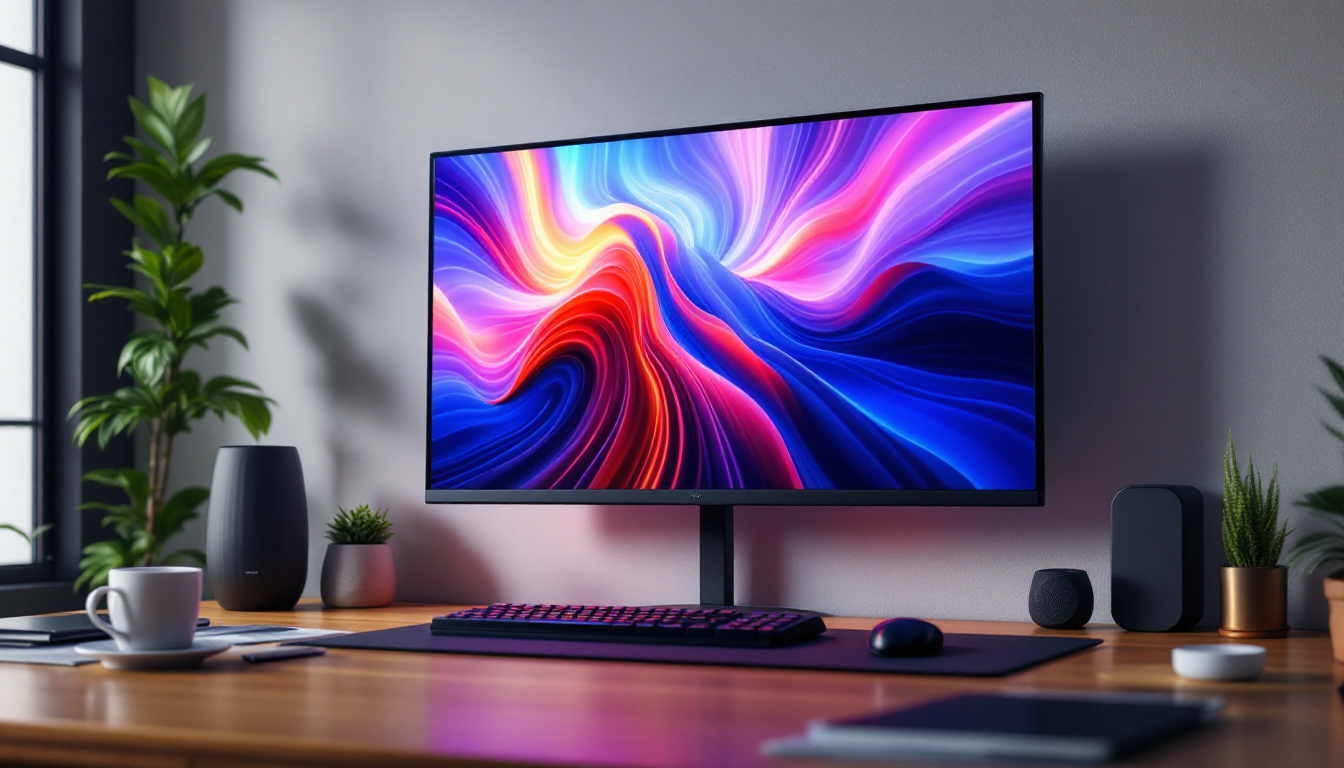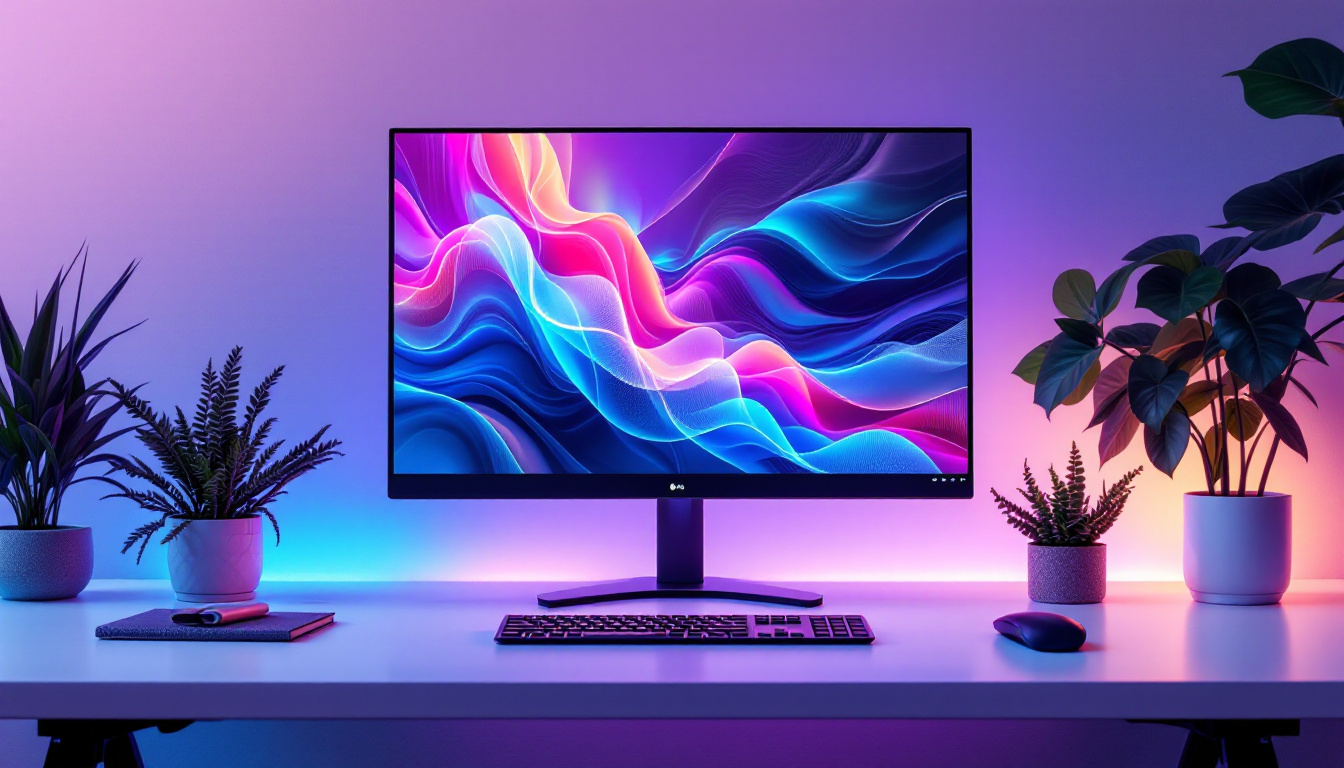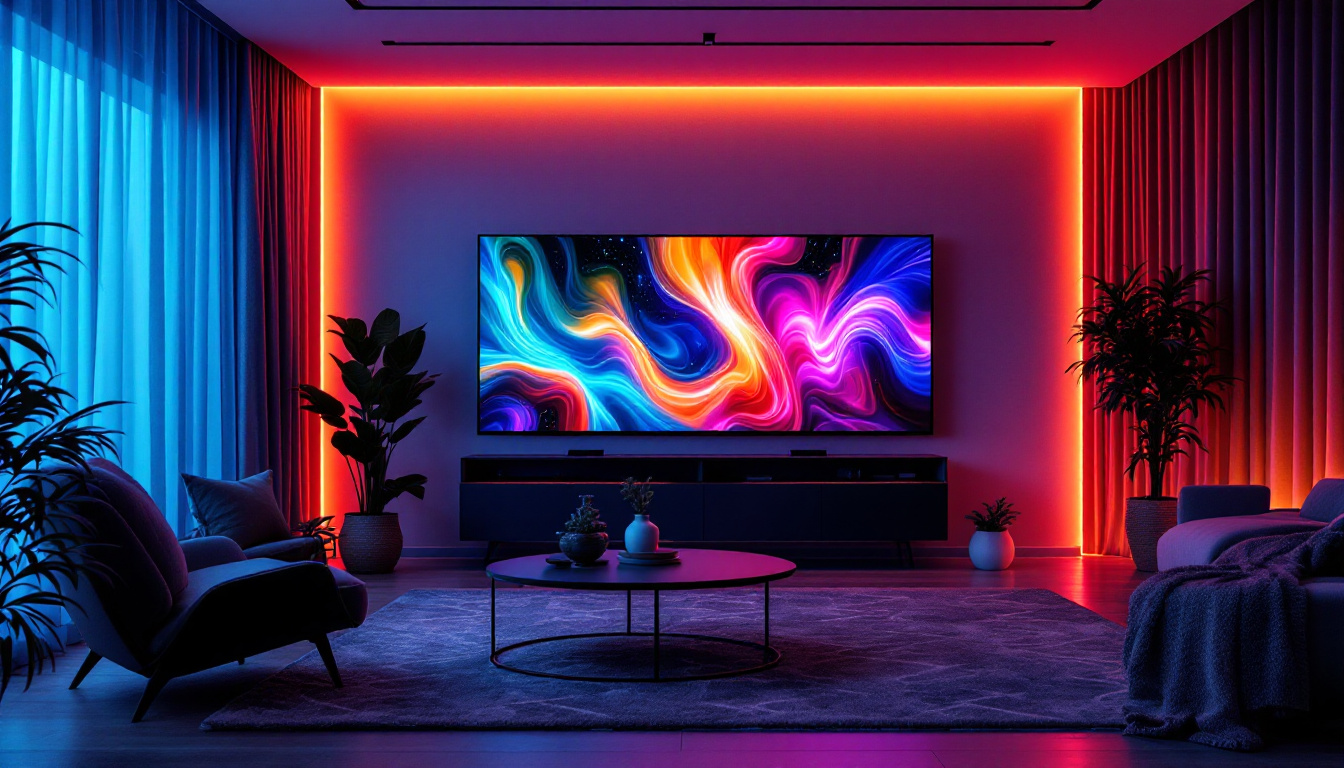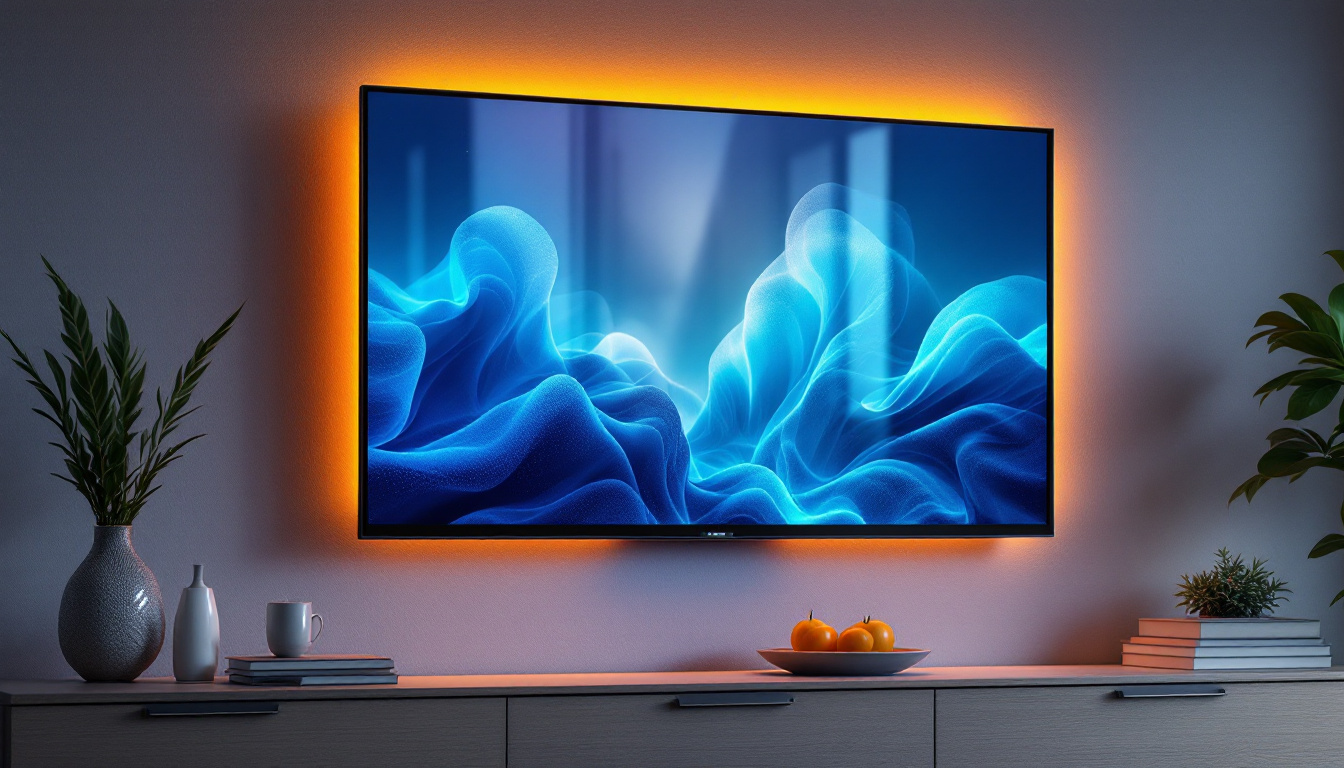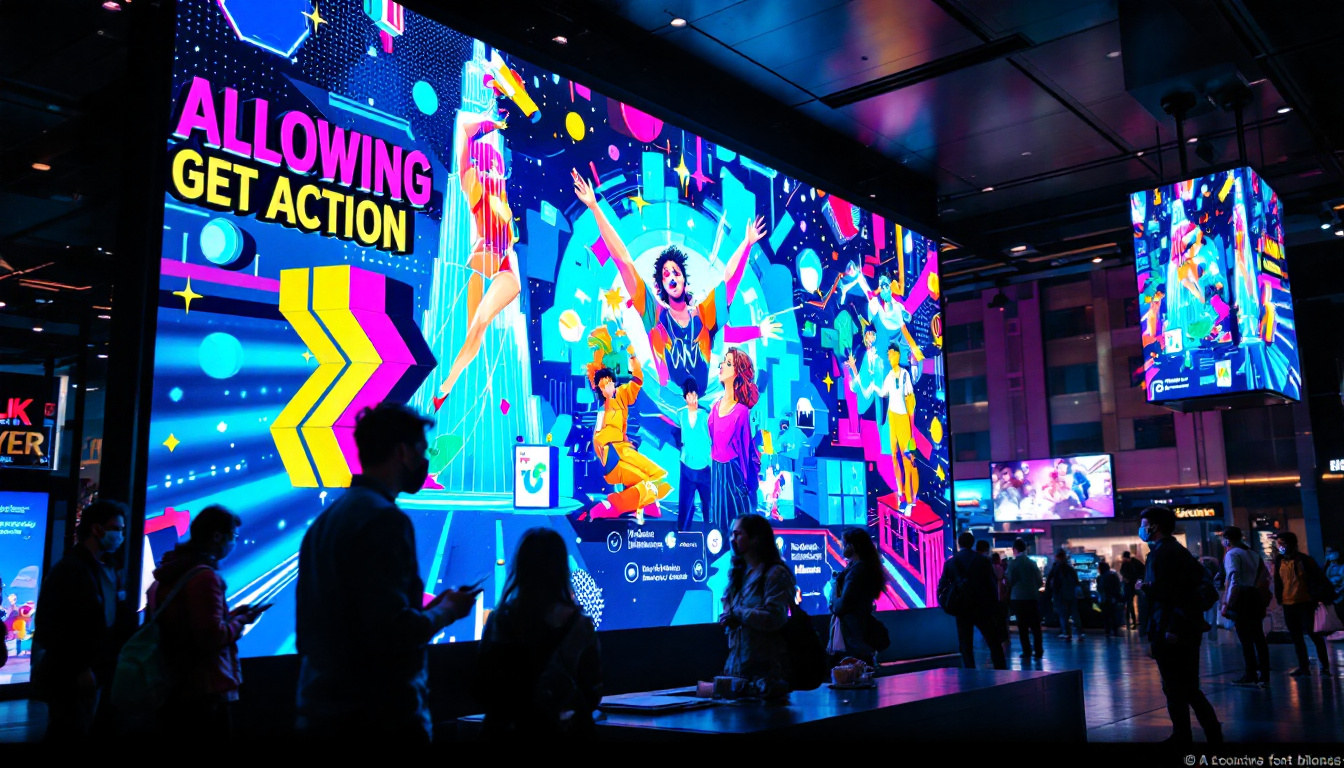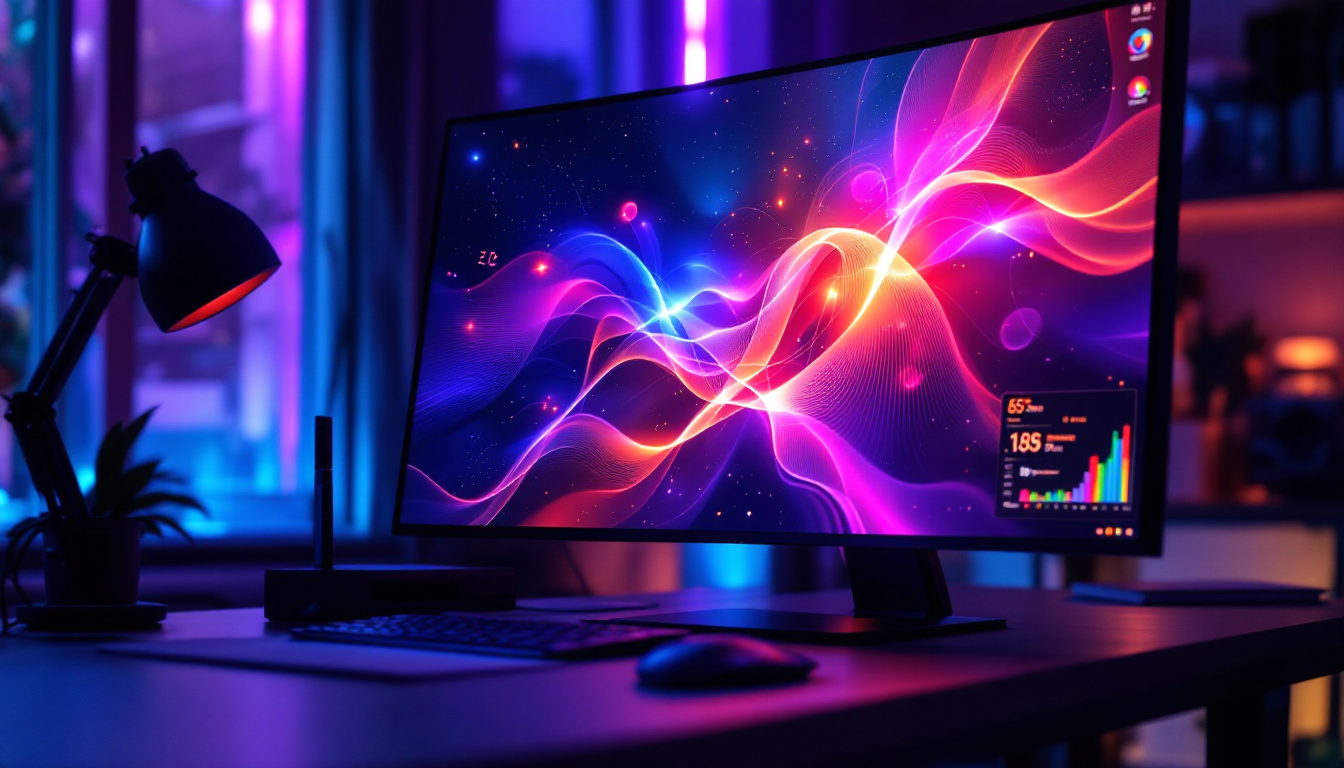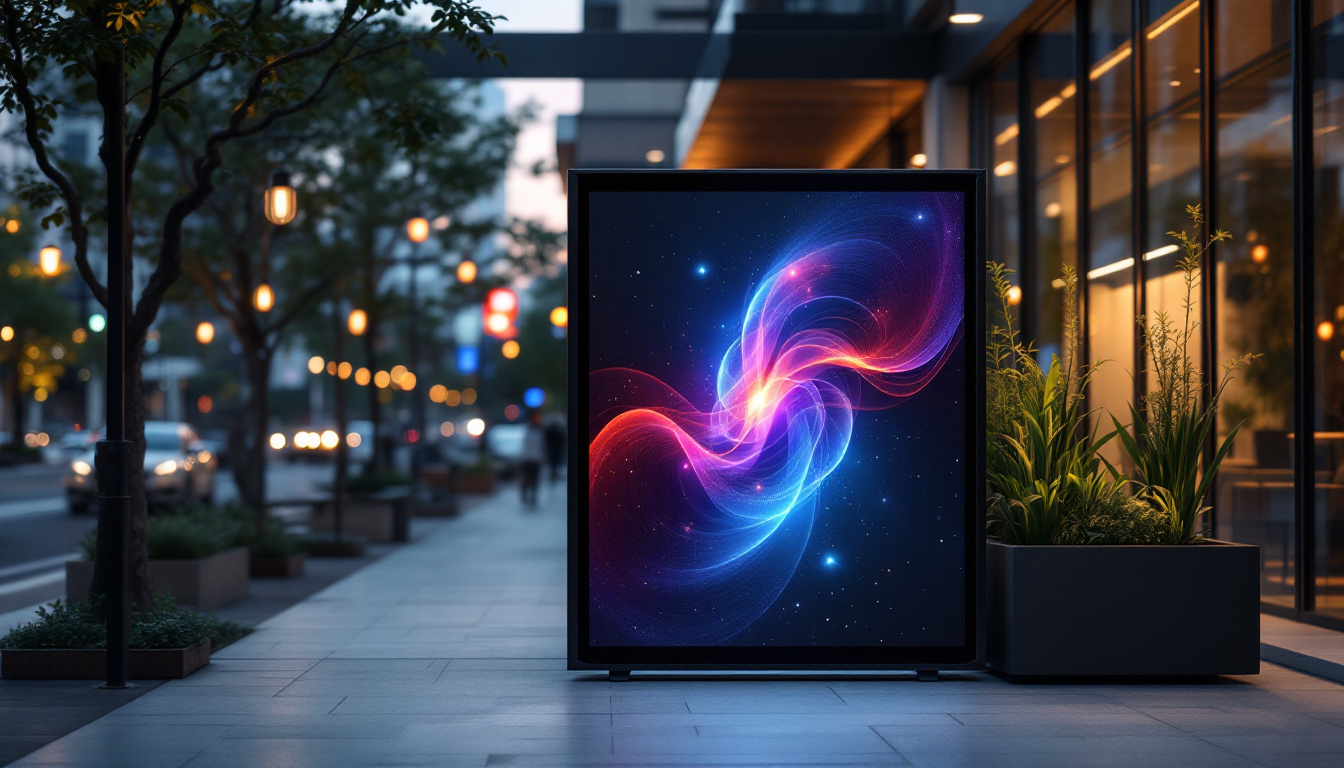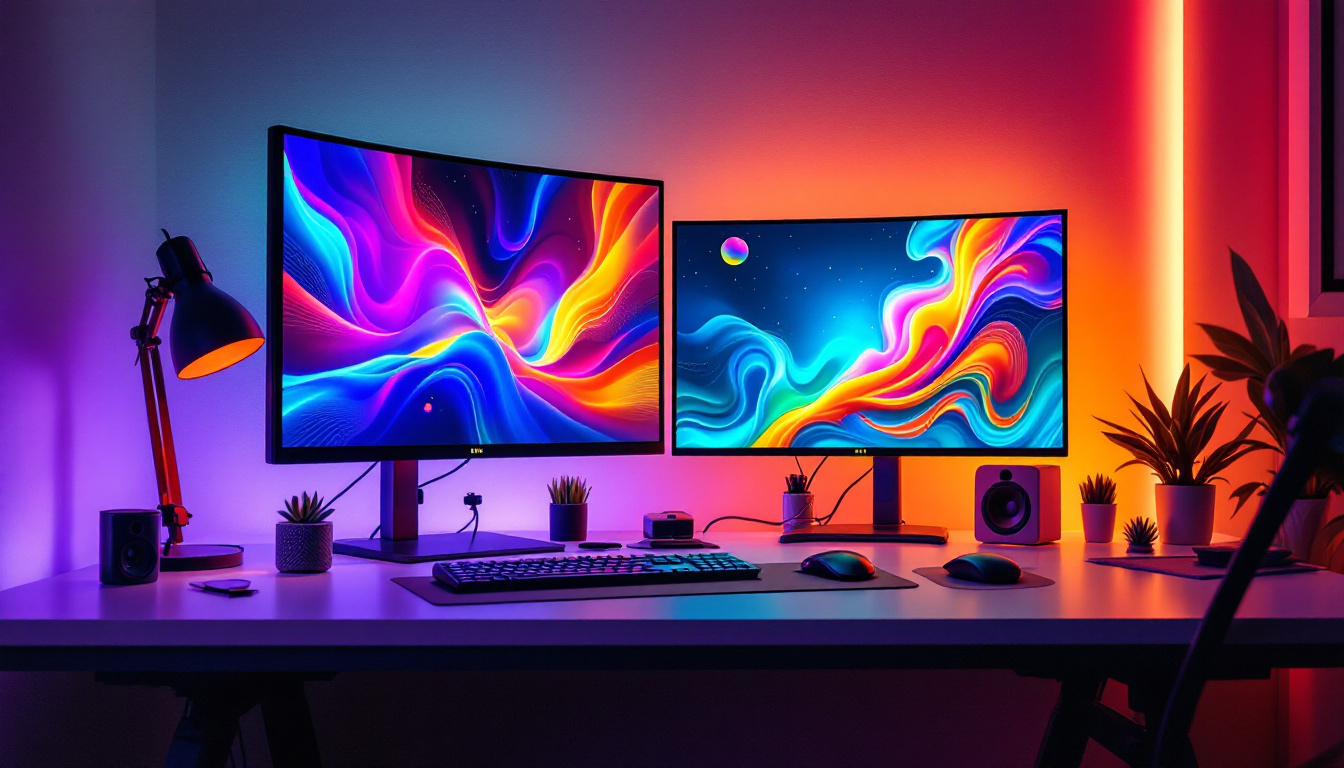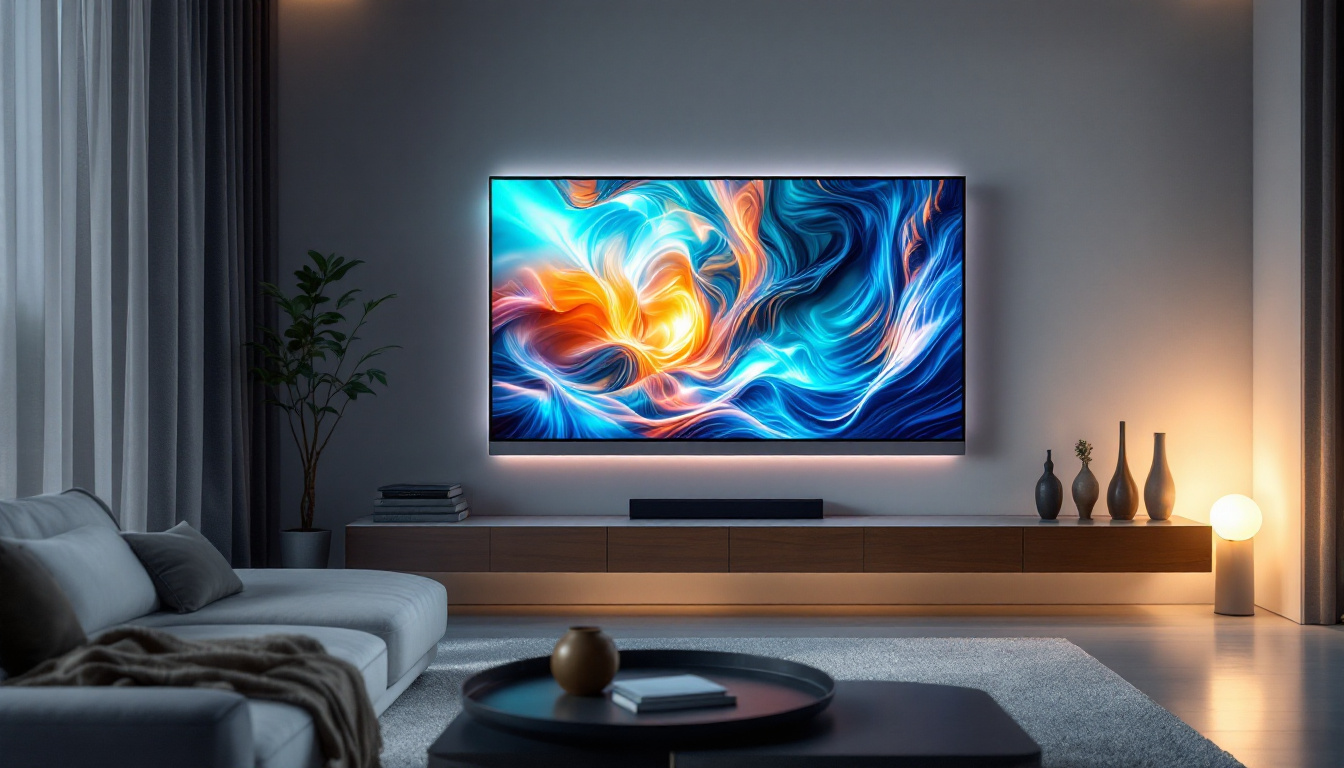Touch Control LED Lights: LED Display Explained
In the realm of modern lighting solutions, touch control LED lights have emerged as a popular choice for both residential and commercial spaces. These innovative lighting systems not only provide energy-efficient illumination but also offer a sleek and contemporary aesthetic. This article delves into the intricacies of touch control LED lights, focusing on their functionality, benefits, and the technology behind LED displays.
Understanding Touch Control Technology
Touch control technology has revolutionized the way users interact with their lighting systems. Unlike traditional switches, touch control lights respond to simple taps or gestures, making them intuitive and user-friendly. This innovation not only enhances convenience but also adds a modern aesthetic to any space, allowing for a seamless blend of functionality and design.
How Touch Control Works
At the heart of touch control technology is a capacitive sensor. This sensor detects changes in electrical capacitance when a finger comes into contact with the surface. When the sensor is activated, it sends a signal to the light fixture, prompting it to turn on or off, or to adjust brightness levels. This seamless interaction eliminates the need for mechanical switches, providing a modern touch to lighting solutions. Furthermore, the technology is often designed to be energy-efficient, reducing power consumption while enhancing user experience, as it can be programmed to remember previous settings or respond to specific gestures.
Types of Touch Control LED Lights
Touch control LED lights come in various forms, catering to different preferences and needs. Some common types include:
- Touch Lamps: These lamps often feature a simple design, allowing users to control brightness levels by tapping the base or shade.
- Wall Panels: Touch control wall panels can replace traditional light switches, providing a sleek interface for controlling multiple lights in a room.
- Smart Bulbs: Many smart LED bulbs now incorporate touch control features, allowing users to adjust settings directly from the bulb itself.
In addition to these types, there are also innovative solutions such as touch-sensitive mirrors and furniture that integrate lighting controls. For instance, touch-sensitive mirrors can illuminate with a simple tap, making them ideal for bathrooms or dressing areas where lighting adjustments are essential. Similarly, furniture pieces like coffee tables or nightstands may feature built-in touch control lighting, allowing for easy access to ambient light without cluttering the space with additional switches. This versatility not only enhances the functionality of everyday items but also elevates the overall design of the environment.
Moreover, touch control technology is increasingly being integrated with smart home systems, enabling users to manage their lighting through voice commands or mobile apps. This integration allows for a more comprehensive approach to home automation, where lighting can be synchronized with other smart devices, such as thermostats and security systems. As the demand for smart home solutions continues to grow, touch control technology stands out as a key component in creating a connected and user-friendly living space.
Benefits of Touch Control LED Lights
The advantages of touch control LED lights extend beyond mere aesthetics. They offer a range of practical benefits that enhance the user experience.
Energy Efficiency
One of the most significant benefits of LED lighting is its energy efficiency. Touch control LED lights consume significantly less energy compared to traditional incandescent bulbs. This not only reduces electricity bills but also contributes to a lower carbon footprint. With the ability to adjust brightness levels easily, users can further optimize energy usage based on their needs. Moreover, LED lights have a longer lifespan, often lasting up to 25,000 hours or more, which means fewer replacements and less waste over time. This longevity not only saves money but also reduces the environmental impact associated with manufacturing and disposing of lighting products.
Convenience and Accessibility
Touch control lights provide unparalleled convenience. The ability to control lighting with a simple touch makes it easier for individuals with mobility challenges to operate their lighting systems. Additionally, many touch control systems can be integrated with smart home technology, allowing users to control their lights remotely via smartphones or voice commands. This integration can also include scheduling features, enabling users to set their lights to turn on or off at specific times, which can enhance security by giving the illusion of occupancy when they are away from home. Furthermore, the tactile feedback of touch control systems can be particularly satisfying, providing a modern and intuitive way to interact with one’s living space.
Design Versatility
Touch control LED lights are available in various designs, making them suitable for any decor style. From minimalist fixtures to elaborate chandeliers, these lights can enhance the aesthetic appeal of any space. Their sleek designs often blend seamlessly with modern interiors, providing both functionality and style. Additionally, many manufacturers offer customizable options, allowing consumers to choose colors, shapes, and finishes that best suit their individual tastes and home environments. This flexibility not only allows for personal expression but also ensures that the lighting complements the overall design theme, whether it be contemporary, rustic, or somewhere in between. As a result, touch control LED lights can serve as both practical fixtures and striking design elements, elevating the ambiance of any room they illuminate.
The Technology Behind LED Displays
Understanding the technology that powers touch control LED lights is essential for appreciating their functionality. LED displays utilize a combination of advanced materials and engineering techniques to deliver high-quality lighting.
LED Basics
LED, or Light Emitting Diode, is a semiconductor device that emits light when an electric current passes through it. Unlike traditional bulbs, which rely on filaments or gas, LEDs produce light through electroluminescence, making them more efficient and longer-lasting.
Color Temperature and Brightness
Touch control LED lights come in various color temperatures, measured in Kelvin (K). This allows users to choose between warm, neutral, or cool light tones, depending on the desired ambiance. Additionally, the brightness of LED lights can be adjusted to suit different activities, from bright task lighting to soft ambient lighting.
Installation and Maintenance
Installing touch control LED lights is generally straightforward, but there are some considerations to keep in mind to ensure optimal performance.
Installation Process
For most touch control LED lights, the installation process involves replacing existing fixtures or switches. It is crucial to follow the manufacturer’s instructions to ensure proper installation. In some cases, professional installation may be recommended, especially when integrating with smart home systems.
Maintenance Tips
Maintaining touch control LED lights is relatively simple. Regularly dusting the fixtures and ensuring that the touch sensors are clean will help maintain their functionality. Additionally, monitoring the performance of the LED lights and replacing any faulty components promptly will ensure longevity.
Common Issues and Troubleshooting
While touch control LED lights are generally reliable, users may encounter some common issues. Understanding these problems and their solutions can enhance the user experience.
Unresponsive Touch Sensors
If a touch control light fails to respond, it may be due to a dirty or obstructed sensor. Cleaning the sensor surface with a soft cloth can often resolve the issue. If the problem persists, checking the electrical connections and ensuring that the fixture is properly powered can help troubleshoot the problem.
Flickering Lights
Flickering can be a common issue with LED lights, often caused by incompatible dimmers or fluctuating voltage. Ensuring that the touch control LED lights are compatible with existing dimmer switches can prevent flickering. If the issue continues, consulting with an electrician may be necessary to assess the electrical system.
Integrating Touch Control LED Lights with Smart Home Systems
The integration of touch control LED lights with smart home systems offers an enhanced level of convenience and control. This section explores how to achieve seamless integration.
Smart Home Compatibility
Many touch control LED lights are designed to be compatible with popular smart home platforms, such as Amazon Alexa, Google Assistant, and Apple HomeKit. This compatibility allows users to control their lighting through voice commands or mobile applications, adding a layer of convenience to daily routines.
Setting Up Smart Controls
To set up smart controls, users typically need to download the corresponding app for their touch control LED lights. Once installed, the app guides users through the process of connecting the lights to their home Wi-Fi network. After successful connection, users can customize settings, create schedules, and control lighting from anywhere.
Future Trends in Touch Control LED Lighting
The landscape of touch control LED lighting is continually evolving, driven by advancements in technology and changing consumer preferences. Here are some future trends to watch for.
Enhanced Interactivity
As technology progresses, touch control LED lights are expected to become even more interactive. Future models may incorporate gesture recognition, allowing users to control lighting with simple hand movements, enhancing the user experience further.
Integration with IoT
The Internet of Things (IoT) is set to play a significant role in the future of touch control LED lights. With IoT integration, lighting systems can communicate with other smart devices, creating a cohesive smart home environment. This could lead to automated lighting adjustments based on occupancy, time of day, or even the weather.
Conclusion
Touch control LED lights represent a significant advancement in lighting technology, combining energy efficiency, convenience, and modern design. Understanding how these systems work, their benefits, and the technology behind them can empower users to make informed decisions about their lighting solutions. As advancements continue to shape the future of touch control LED lighting, consumers can look forward to even more innovative features that enhance their living and working environments.
Explore Cutting-Edge LED Solutions with LumenMatrix
Ready to elevate your space with the latest in LED technology? LumenMatrix is at the forefront of innovation, offering a wide array of LED display modules that bring your environment to life. Whether you’re looking to enhance brand visibility with an Indoor LED Wall Display, captivate passersby with an Outdoor LED Wall Display, or create a dynamic visual experience with our Custom LED Displays, we have the solution for you. Embrace the future of visual communication and check out LumenMatrix LED Display Solutions today to see how we can help you make a lasting impression.

